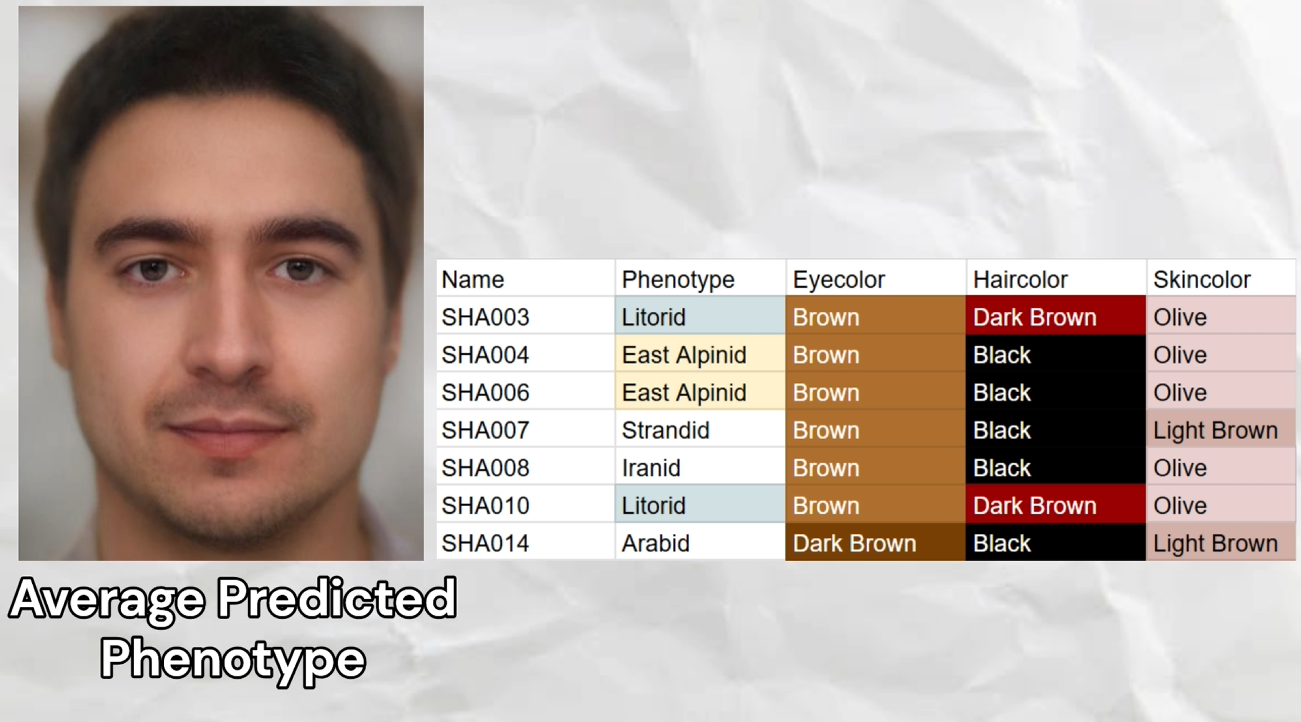
Shah Tepe 7 high quality DNA samples 23andme format
Shah Tepe, a key archaeological site in northeastern Iran, was a significant settlement during the Bronze Age, reflecting the dynamic interplay of cultures in the region. The inhabitants of Shah Tepe were part of a larger network of early urban and rural societies, sharing similarities with the Bactria-Margiana Archaeological Complex ( abbreviated as BMAC) to the northeast.
The pottery of Shah Tepe features geometric patterns and simple motifs, often in shades of red and brown. The craftsmanship indicates a degree of specialization and suggests trade or cultural exchanges with neighboring regions, including BMAC settlements.
Architecturally, the inhabitants of Shah Tepe constructed rectangular mudbrick structures, sometimes arranged in clusters that hint at planned layouts. These buildings likely served as homes, storage facilities, or communal spaces. The use of mudbrick is consistent with the broader Bronze Age architectural practices in the region, emphasizing practicality and available resources. Some larger structures may have had a ritual or administrative function, similarly to those found in BMAC sites, suggesting a shared or interconnected cultural framework.
Shah Tepe's connections to the BMAC culture are evident in both material artifacts and shared practices. While Shah Tepe maintained its distinct identity, the presence of BMAC-style items such as stone seals and ornamental objects implies trade or cultural diffusion. These connections place Shah Tepe within the broader sphere of interaction between Central and South Asia, illustrating its role as a cultural crossroads during the Bronze Age.
ShahTepe inhabitants in the bronze age, in particular those this video is about, closely resemble bronze age central asians, and are in fact genetically indistinguishable from them.
For this video, I gathered 7 high quality genomes from Shah Tepe dating to 32 to 31 centuries before the common era.I ran the DNA samples through my trait predictor tool for DNA analysis.
